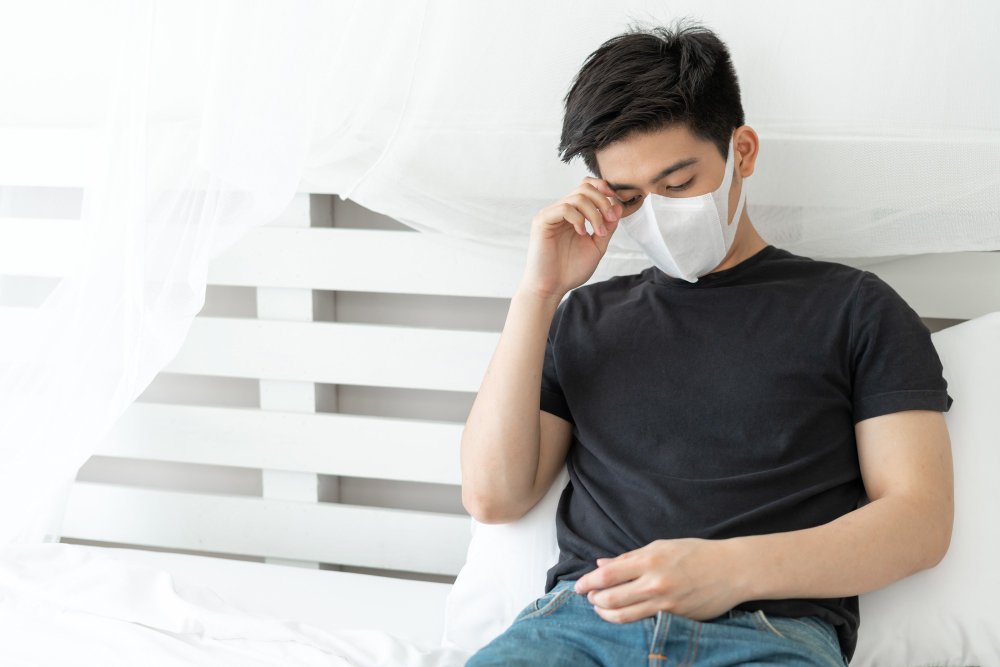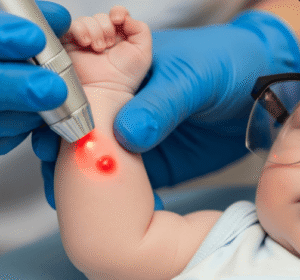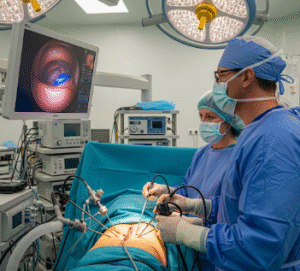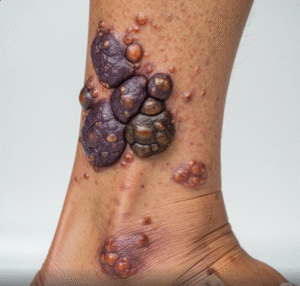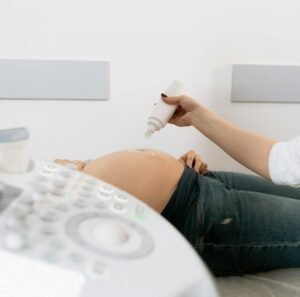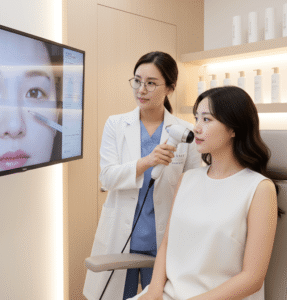Overview
Decompression Sickness (DCS), also known as “the bends”, is a condition that occurs when dissolved gases, mainly nitrogen, form bubbles in the bloodstream and tissues due to rapid pressure changes. It is commonly associated with scuba diving, high-altitude activities, or rapid decompression in aviation. In Korea, hyperbaric medicine centers, such as those at Seoul National University Hospital, Asan Medical Center, and Samsung Medical Center, provide emergency treatment, rehabilitation, and preventive guidance for divers and workers exposed to pressure changes.
What is Decompression Sickness?
Decompression Sickness is a potentially serious condition caused by rapid reduction in environmental pressure. When divers or individuals in high-pressure environments ascend too quickly, nitrogen that is dissolved in tissues can form bubbles, leading to joint pain, neurological symptoms, and cardiovascular complications. The severity depends on the depth, duration of exposure, and rate of ascent.
Symptoms
- Joint and muscle pain, often in shoulders, elbows, knees, and hips
- Fatigue and general malaise
- Dizziness or vertigo
- Numbness or tingling in limbs
- Difficulty breathing or chest pain
- Rash or skin itching
- Confusion, headache, or visual disturbances
- In severe cases, paralysis or loss of consciousness
Causes
- Rapid ascent after scuba diving or underwater work
- Exposure to high-altitude environments without gradual pressure adaptation
- Hyperbaric chamber exposure with rapid decompression
- Inadequate safety protocols in diving or pressurized work environments
Risk Factors
- Deep or prolonged dives without proper decompression stops
- Repetitive diving within short time intervals
- Dehydration and physical exhaustion
- Obesity or cardiovascular disease
- Respiratory problems that affect gas exchange
- Age and individual susceptibility to nitrogen bubble formation
Complications
- Permanent neurological damage if untreated
- Paralysis or partial loss of motor function
- Cardiopulmonary complications
- Joint and muscle damage leading to chronic pain
- In severe cases, death
Prevention
- Follow proper decompression schedules during diving
- Ascend slowly and in stages, adhering to dive tables or dive computer guidance
- Stay hydrated and avoid alcohol before and after diving
- Avoid strenuous activity immediately after diving
- Use hyperbaric safety protocols for pressurized occupational environments
- Pre-dive medical screening for high-risk individuals
Treatment Options in Korea
Treatment of DCS in Korea is highly specialized, focusing on removing gas bubbles and restoring normal blood flow.
- Diagnosis
- Clinical evaluation of symptoms post-dive or exposure
- Imaging (CT, MRI) to assess neurological involvement
- Blood tests to rule out other conditions with similar symptoms
- Medical Treatments
- Hyperbaric oxygen therapy (HBOT) to reduce nitrogen bubbles
- Pain management and anti-inflammatory medications
- Oxygen supplementation and intravenous fluids for support
- Supportive Care
- Bed rest and careful monitoring of neurological and cardiovascular status
- Physical therapy for recovery of affected limbs
- Counseling for return to diving or occupational activities
- Specialized Hospitals in Korea
- Seoul National University Hospital – Hyperbaric medicine center
- Asan Medical Center – Emergency and rehabilitative care for DCS
- Samsung Medical Center – Advanced hyperbaric therapy and neurology support
- Regional diving and occupational health clinics providing preventive education
- Long-Term Follow-Up
- Neurological assessment for residual deficits
- Ongoing physical therapy for mobility and strength
- Monitoring for recurrence in divers or workers with repeated exposure
- Education on preventive measures for safe diving and pressurized work

